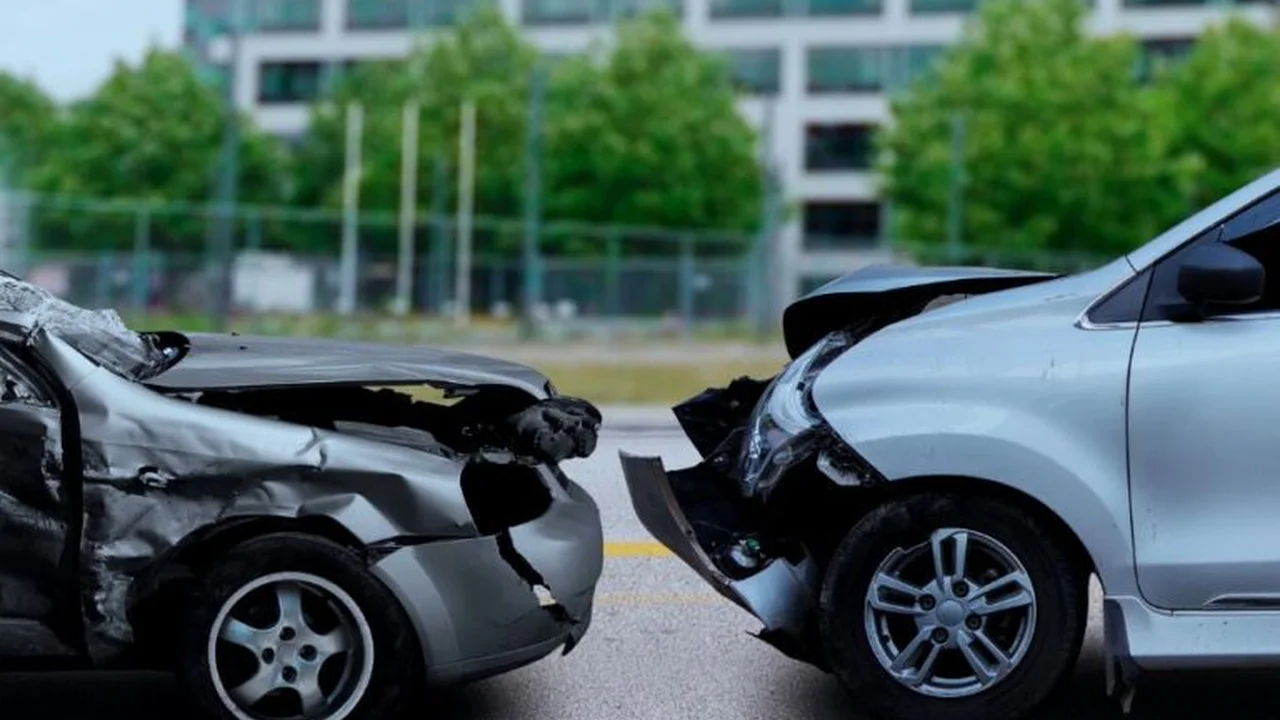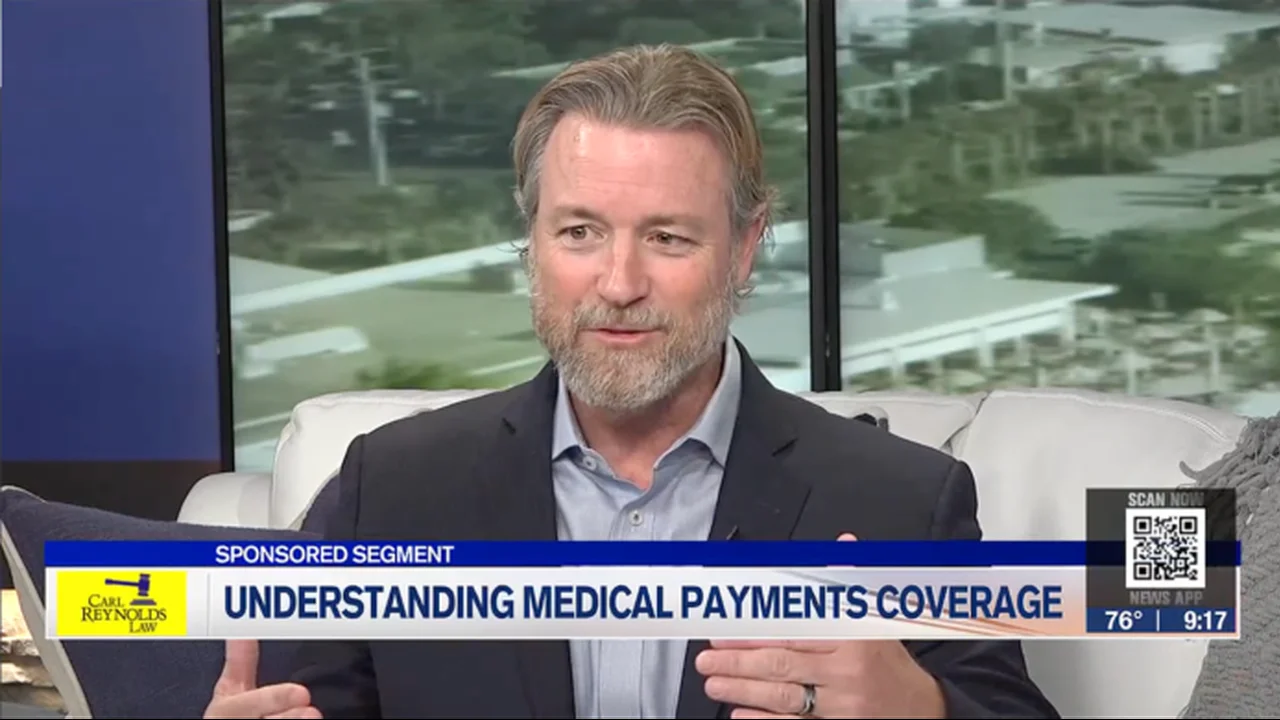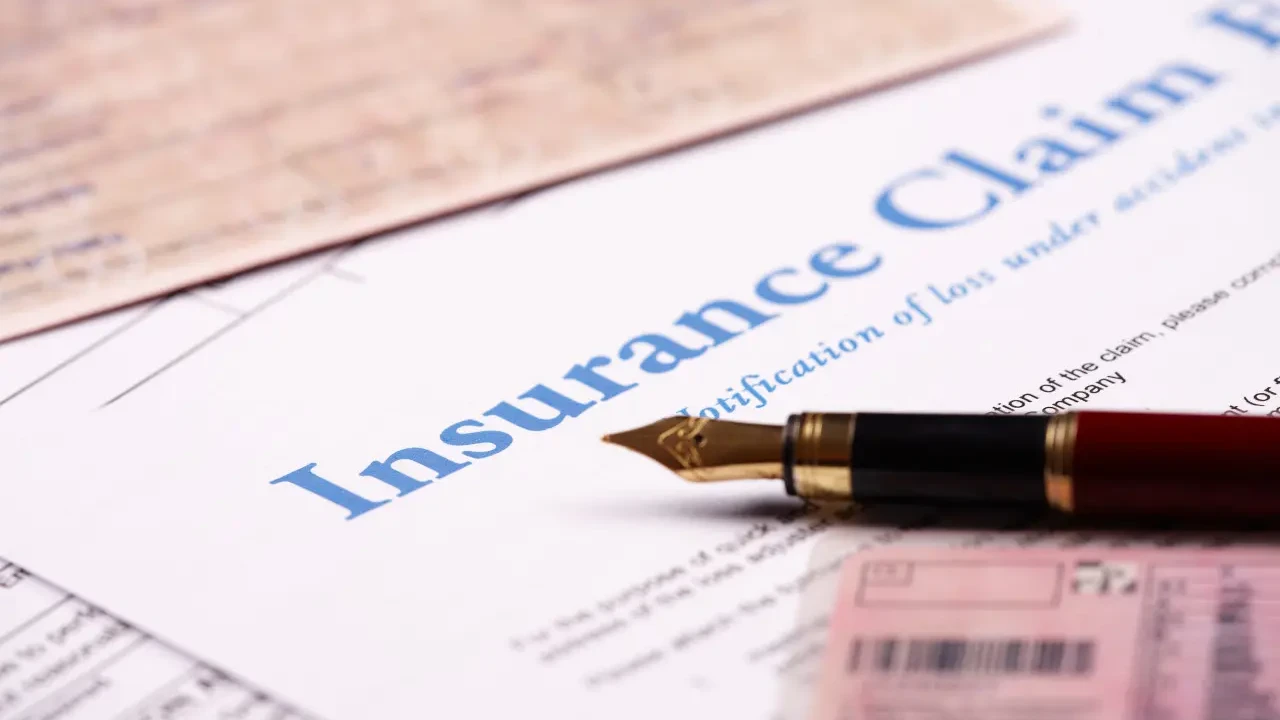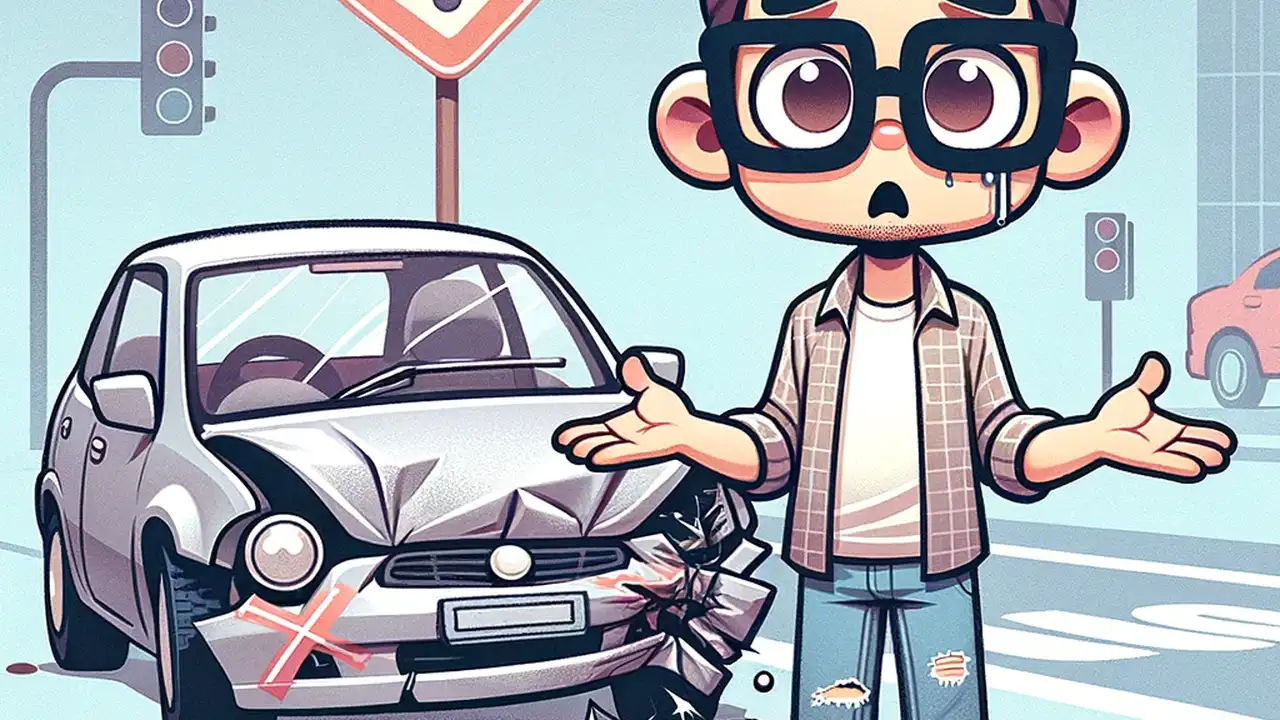Dealing with Totaled Cars: Valuation and Settlement

Understanding Total Loss Car Insurance Claims and the Valuation Process
So, your car’s totaled. Bummer, right? It’s more than just an inconvenience; it’s a whole process. Let’s break down what happens when your insurance company declares your car a total loss. First things first, what does "totaled" even mean? It basically means the cost to repair your car exceeds its actual cash value (ACV). Each insurance company has its own threshold, but generally, if the repair bill is close to or more than the car's worth, they’ll call it a total loss.
The valuation process is key. The insurance company will assess your car's ACV right before the accident. They consider things like make, model, year, mileage, condition, and any fancy upgrades you might have. They'll often use resources like Kelley Blue Book or NADAguides to get a handle on the market value. Don't be afraid to do your own research too! Check out similar cars for sale in your area to get a feel for what they're going for. This gives you leverage if you think their offer is too low.
Negotiating Your Total Loss Settlement and Maximizing Your Payout
Okay, they've given you an offer. Now what? This is where your negotiation skills come into play. Don't just accept the first offer! Present your research, point out any discrepancies, and politely push for a fairer settlement. Did you recently replace the tires? Show them the receipt! Any documented upgrades can increase your car’s value. Be persistent but reasonable. Remember, they want to settle this as much as you do.
One thing a lot of people forget is sales tax. Make sure the settlement includes sales tax on the replacement vehicle. After all, you'll have to pay it when you buy a new car. Also, check if you're entitled to reimbursement for registration fees. These little things can add up!
Gap Insurance Coverage and Loan Payoff for Totaled Vehicles
If you have a loan on your totaled car, gap insurance can be a lifesaver. Gap insurance covers the "gap" between what you owe on the loan and the car's ACV. Let's say you owe $20,000 on your car, but the insurance company says it's only worth $15,000. Gap insurance would cover that $5,000 difference, preventing you from having to pay out of pocket for a car you can no longer drive.
Read your gap insurance policy carefully to understand what it covers and what it doesn't. Some policies have limitations on the amount they'll pay out, or they might exclude certain fees. Make sure you know the details before you need it.
Understanding Diminished Value Claims After Car Accidents
Even if your car is repaired after an accident, it might still be worth less than it was before. This is called diminished value. If you weren't at fault for the accident, you might be able to file a diminished value claim against the at-fault driver's insurance company. This claim compensates you for the loss in value of your car due to the accident history.
Proving diminished value can be tricky. You'll likely need an independent appraisal from a qualified appraiser who specializes in diminished value assessments. They'll evaluate your car's condition and market value before and after the accident to determine the amount of diminished value. Keep in mind, some states don't allow diminished value claims, so check your local laws.
Navigating Total Loss Paperwork and Title Transfer Processes
Once you've reached a settlement agreement, there's paperwork to handle. The insurance company will typically require you to sign a release form, which releases them from any further liability related to the accident. Read this form carefully before you sign it to make sure you understand what you're agreeing to.
You'll also need to transfer the title of your totaled car to the insurance company. They'll provide you with instructions on how to do this. Typically, you'll need to sign the title over to them and provide them with any necessary documentation, such as a power of attorney. Once the title is transferred, the insurance company will take possession of the car.
Rental Car Reimbursement and Transportation Alternatives After a Total Loss
Being without a car after a total loss can be a major inconvenience. Check your insurance policy to see if it includes rental car reimbursement. If it does, the insurance company will pay for a rental car while you're waiting for your settlement and searching for a replacement vehicle.
The amount of rental car reimbursement you're entitled to will depend on your policy limits. Some policies have a daily limit, while others have an overall limit. Make sure you understand your policy's rental car coverage before you start racking up rental car expenses.
Dealing with Personal Property Left in a Totaled Vehicle
Don't forget about your personal belongings! Before you hand over your totaled car, make sure to remove all your personal property, such as CDs, sunglasses, and phone chargers. The insurance company is not responsible for any personal property left in the car after it's declared a total loss.
Take photos of your belongings before you remove them, just in case there's any dispute later on. It's also a good idea to document the condition of the car's interior before you remove your belongings, in case there's any damage that wasn't related to the accident.
Understanding Salvage Title and Keeping a Totaled Vehicle
In some cases, you might have the option of keeping your totaled car. If you do, the insurance company will deduct the salvage value of the car from your settlement. The salvage value is the amount the car is worth in its damaged condition.
If you decide to keep the car, you'll need to obtain a salvage title. This title indicates that the car has been declared a total loss. You'll then need to repair the car and have it inspected by your state's Department of Motor Vehicles before you can legally drive it on public roads. Keep in mind, insuring a car with a salvage title can be more difficult and expensive.
Total Loss Car Insurance Claim Denials and Appealing the Decision
Sometimes, insurance companies deny total loss claims. This can happen for a variety of reasons, such as if they believe the damage wasn't caused by the accident or if they think the car's value is less than you claim.
If your total loss claim is denied, you have the right to appeal the decision. Start by gathering any evidence that supports your claim, such as photos of the damage, repair estimates, and documentation of your car's value. Then, write a formal letter to the insurance company outlining your reasons for appealing the denial. If your appeal is denied, you might consider consulting with an attorney.
Recommended Products for Post-Accident Recovery and Car Replacement
Okay, you're dealing with a totaled car. Let's talk about some products that can help you get back on your feet. I'm not talking about car insurance, but things to make the process smoother and more secure.
Dash Cams for Accident Documentation and Future Protection
First up, a dash cam. Seriously, get one *before* you need it. Think of it as insurance for your insurance. It provides irrefutable video evidence in case of an accident, protecting you from false claims and speeding up the claims process.
Product Recommendations:
- Vantrue N4 3 Channel Dash Cam: This is a beast. It records front, inside, and rear views simultaneously. Great for Uber/Lyft drivers or anyone wanting comprehensive coverage. Around $250-$300.
- Garmin Dash Cam Mini 2: Super discreet and easy to use. It's small enough to be almost invisible behind your rearview mirror. Excellent video quality. Around $130.
- Nextbase 522GW: This one has emergency SOS features and Alexa integration. Pretty cool if you're into that sort of thing. Around $200.
Comparison: The Vantrue N4 offers the most comprehensive coverage but is the most expensive and requires more setup. The Garmin Mini 2 is the most user-friendly and discreet but lacks advanced features. The Nextbase 522GW is a good middle ground with useful smart features.
Usage Scenario: Mount the dash cam to your windshield, plug it into your car's power outlet (or hardwire it for continuous recording), and let it do its thing. Most dash cams automatically record when the car is turned on.
GPS Trackers for Vehicle Security and Recovery
Next, consider a GPS tracker. Even if your car is totaled, you'll be buying another one, right? A GPS tracker helps prevent theft and allows you to track your vehicle in real-time. It's peace of mind, especially in high-crime areas.
Product Recommendations:
- Tracki GPS Tracker: Small, affordable, and offers global coverage. It has a long battery life and sends alerts for movement, speeding, and geofencing. Around $29 (plus a monthly subscription).
- LandAirSea 54 GPS Tracker: Rugged and waterproof, this tracker is designed for heavy-duty use. It has a strong magnet for easy attachment to your vehicle. Around $30.
- Apple AirTag (with modifications): While not designed for car tracking, you can hide an AirTag in your vehicle and use Apple's Find My network to track its location. Requires an iPhone. Around $29.
Comparison: Tracki offers the best balance of features, affordability, and global coverage. The LandAirSea 54 is ideal for rugged environments. The Apple AirTag is a budget-friendly option for iPhone users but relies on the Find My network for location updates.
Usage Scenario: Hide the GPS tracker in a discreet location inside or outside your vehicle. Activate the tracker and set up alerts on your smartphone or computer. You'll receive notifications if your car is moved or if it enters or exits a predefined area (geofence).
Portable Jump Starters for Emergency Situations
A portable jump starter is a must-have for any driver. It can save you from being stranded with a dead battery, especially during cold weather. Plus, many models come with USB ports for charging your phone and other devices.
Product Recommendations:
- NOCO Boost Plus GB40 1000 Amp 12V UltraSafe Lithium Jump Starter: Compact, powerful, and easy to use. It can jump-start most gasoline engines up to 6 liters and diesel engines up to 3 liters. Around $100.
- Clore Automotive Jump-N-Carry JNC660 1700 Peak Amp 12V Jump Starter: A professional-grade jump starter with a heavy-duty design. It's ideal for larger vehicles and frequent use. Around $200.
- Audew 2000A Peak Car Jump Starter: Affordable and versatile, it includes a built-in air compressor for inflating tires. Around $80.
Comparison: The NOCO Boost Plus GB40 is the best overall choice for most drivers due to its compact size and ease of use. The Clore Automotive Jump-N-Carry JNC660 is a more powerful option for larger vehicles. The Audew 2000A Peak Car Jump Starter offers the added benefit of an air compressor.
Usage Scenario: Keep the jump starter in your car. When your battery dies, connect the jumper cables to your battery terminals, following the instructions in the owner's manual. Start your car and let it run for a few minutes to recharge the battery.
High-Quality Phone Mounts for Safe Driving
Using your phone while driving is dangerous and illegal in many places. A high-quality phone mount allows you to safely use your phone for navigation, music, and hands-free calls.
Product Recommendations:
- iOttie Easy One Touch 5 Dashboard & Windshield Car Mount: Versatile and easy to use, this mount can be attached to your dashboard or windshield. It features a one-touch mechanism for easy phone insertion and removal. Around $30.
- Mpow CD Slot Car Phone Mount: This mount inserts into your car's CD player slot, providing a stable and secure hold. It's compatible with most smartphones. Around $20.
- VICSEED Cell Phone Holder for Car Air Vent: A simple and affordable option that attaches to your car's air vent. It's easy to install and remove. Around $15.
Comparison: The iOttie Easy One Touch 5 offers the most versatility and ease of use. The Mpow CD Slot Car Phone Mount provides a stable and secure hold. The VICSEED Cell Phone Holder for Car Air Vent is the most affordable option but may not be as stable as other mounts.
Usage Scenario: Attach the phone mount to your dashboard, windshield, CD player slot, or air vent. Adjust the mount to the desired angle and insert your phone. Make sure your phone is securely held in place before driving.
Emergency Roadside Assistance Kits for Unexpected Breakdowns
An emergency roadside assistance kit is essential for any driver. It contains the tools and supplies you need to handle minor breakdowns and emergencies on the road.
Product Recommendations:
- Lifeline AAA Excursion Road Kit: A comprehensive kit that includes jumper cables, a flashlight, a first-aid kit, a tire pressure gauge, and other essential items. Around $50.
- HAIPHAIK Roadside Emergency Kit: Compact and affordable, this kit includes jumper cables, a tow rope, a safety hammer, a reflective safety vest, and other useful items. Around $30.
- First Secure 136 Piece Premium Car Roadside Assistance Emergency Kit: A large and well-stocked kit that includes a variety of tools, first-aid supplies, and other emergency items. Around $70.
Comparison: The Lifeline AAA Excursion Road Kit is a well-rounded kit that includes everything you need for most roadside emergencies. The HAIPHAIK Roadside Emergency Kit is a more affordable option for basic emergencies. The First Secure 136 Piece Premium Car Roadside Assistance Emergency Kit is the most comprehensive kit but may be overkill for some drivers.
Usage Scenario: Keep the emergency roadside assistance kit in your trunk. In the event of a breakdown or emergency, use the tools and supplies in the kit to address the situation. If you're not comfortable handling the situation yourself, call for roadside assistance.
:max_bytes(150000):strip_icc()/277019-baked-pork-chops-with-cream-of-mushroom-soup-DDMFS-beauty-4x3-BG-7505-5762b731cf30447d9cbbbbbf387beafa.jpg)






